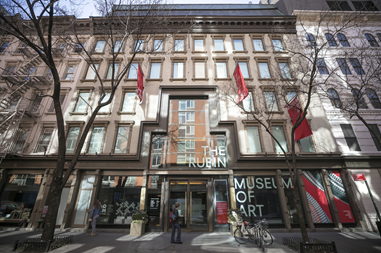By: Serena Li
Small museums are so special because it’s easier to engage more with the art and communicate in the museum. Since they are small, it’s less crowded and has a more personal feel. They also provide typically experiences that are self-guided and discovery-based to encourage exploration. Small museums also hold unique collections based on the type of art they focus on.
In New York, The Center for Italian Modern Art (CIMA) is closing after more than 10 years of operating. The goal of this museum was to promote the education and appreciation of modern Italian art. During their opening they were able to bring 13 major exhibitions to New York City. Laura Mattioli, the president of the museum, said, “We established the CIMA to shine a spotlight on Italian masters whose work has been little recognized outside of Italy and to support new scholarship and public dialogue.”
In January 2024, the Rubin Museum, an institution in New York dedicated to Himalayan art, announced that they were closing after 20 years in operation. The museum holds nearly 4,000 Himalayan art objects including paintings and sculptures. Shelley and Donald Rubin, the founders of the museum, decided that the museum will close on October 6, when their last exhibition ends.
The Rubin Museum will transform into an institution for traveling exhibitions and long-term loans. Almost 40 percent of its staff will be laid off, with Jorrit Britschgi, the museum’s director, having previously cut nearly two dozen positions in 2019 for cost reduction. They will sell their building in Manhattan to become a “museum without walls,” featuring items from its collection and organizing traveling exhibits. Shelley Rubin said, “Bold change has always been in the Rubin’s DNA, and we are excited to embrace what our future as a global museum has to offer.”
It’s hard to imagine New York City without small museums. Numerous of these museums are closing, so it’s important to support them and visit their exhibitions.











